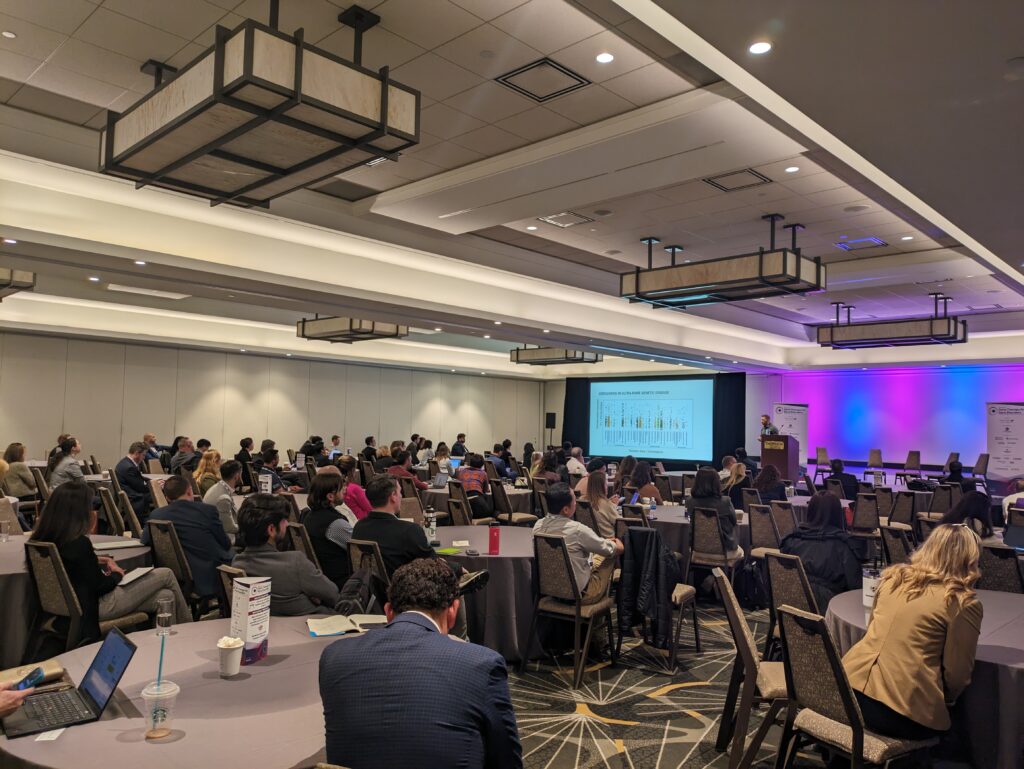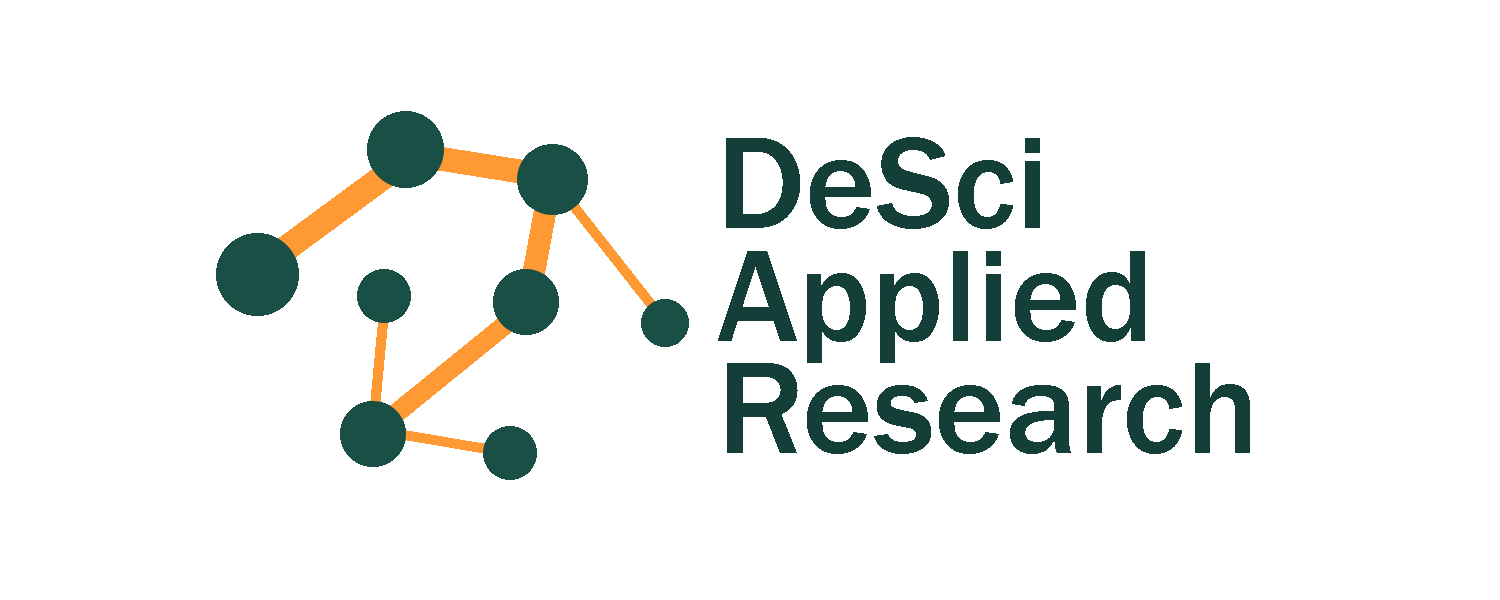The people working in creative ways to support patients of rare genetic disorders are very inspiring. From nonprofit consultation, to parent led research, and patient groups filing INDs, the folks I met at the GTRD Summit are filling the cracks where large corporations, and even mid-sized startups, can’t find a business case.
Here is a quick recap of my most insightful lessons learned at the Gene Therapy for Rare Disorders Summit 2024 held in Boston, MA.

I was invited to present at the Gene Therapy for Rare Disorders Summit. My session was themed: Addressing the Complexities in Financing and Investment. I used the invitation to talk about Decentralized Development of Gene Therapies for Ultra Rare Disorders.
The narrative of my presentation went as follows:
My goal for this presentation was to present an alternative, lower cost, development pathway for gene therapies. Researchers taking this path to work collaboratively can serve an entirely new segment of the market that the current drug developers are unable to reach. By doing so, value is created for industry, patients, and society that might not otherwise be realized.
Overall, I was pleased and encouraged by the feedback I received from the conference attendees. I felt the topic resonated most with the patient advocacy and non-profit representatives who I was most looking forward to meeting. I’m thrilled to be continuing these conversations.
The most contentious feedback was in regards to my discussion of industry benchmarks in manufacturing productivity. I referenced AAV productivities up to 1E15 vg/L in a bioreactor and purification yields up to 50%. Afterward I had (different) people stop me to say that these benchmarks were “overly optimistic” or “a log or two lower than their proprietary platform achieves”.
This feedback was not surprising. I regularly hear productivities cited over a range of two orders of magnitude. Trade secret innovations in productivity can contribute to competitive advantages. Open innovations in productivity can contribute to broader un-throttled benefits to patients and society.
While onstage, I was offered a question for why and how the largest pharmaceutical corporations are not, or cannot, do more to support ultra-rare indications. While I empathetically agree with the question, I do not think depending on corporate altruism is going to be the most effective strategy. Rather, I think a more proactive strategy of empowering diverse stakeholders fueled by diverse incentives may go farther.
Nevertheless, large companies will play important roles in realizing gene therapies for patients of ultra-rare indications. Educating regulators, payers, and treatment centers on gene therapies will pave the way for future products to enter the market. Industry investments into larger populations will also stimulate suppliers and distributors to invest in the infrastructure to manufacture and deliver personalized medicines. Also, I’m not giving up on the potential for public private partnerships enabling broader access to pre-competitive intellectual property.
It is truly mind boggling (and disappointing) how complicated the payer and insurance programs are in the United States healthcare system. Several talks attempted to break down how insurance systems work, and how to convince payers to see the value of a multimillion dollar Gene Therapy. In few words, I cannot do justice for how complicated this system seems to be.
My biggest take away from the payer sessions was on the importance of well-designed natural history studies. A well thought out study, with commercialization in mind, can help to overcome barriers to access.
Clinical trial endpoints that demonstrate nominal value and cost effectiveness are critical for ensuring access overcomes payer barriers. For rare disorders, measuring these endpoints in early clinical trials may lead to conversion into pivotal trials. Also by necessity, these same early trials may be single-arm and of “low N” in ultra-rare indications.
A well-understood disease progression, derived from a natural history study, provides a baseline to measure the effectiveness of an intervention. Inclusion of measures for the same clinically relevant endpoints maximizes the upside value of running a natural history study.
Addressing the challenges in carrying out a decentralized Natural History Studies can support the access of gene therapies for ultra-rare disorders. Technical solutions can reduce variability in monitoring patients dispersed across the country, continent, or globe. Examples might be wearables that measure physical performance and large language chatbots that measure cognitive decline. Application of these solutions to measure relevant endpoints in natural history studies will someday support clinical development and commercialization of these medicines.
